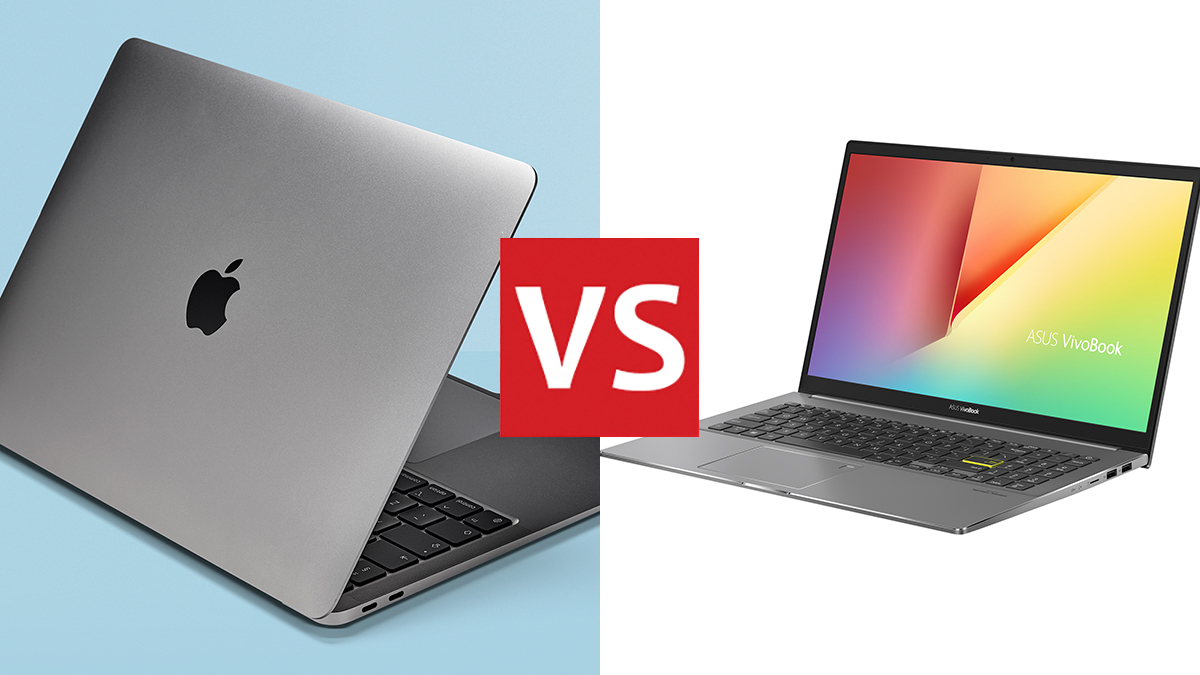

Shopping for the best laptop isn't always easy with so many great models around – but whatever your requirements and tastes, the M1-powered Apple MacBook Air and the Asus VivoBook S15 have to be somewhere near the top of your shortlist (unless you want even more up-to-date kit, in which case the M2 MacBook Air might suit you better still).
These are two excellent laptops that give you the best of what macOS and Windows have to offer, and the two different operating systems are your first considerations: which one gives you the features and the software that you're going to be needing every day?
After you've weighed up the two software options, then you can start digging into the lists of specs and the features that the M1 Apple MacBook Air and the Asus VivoBook S15 have to offer. We've broken down everything you need to know in the sections below.
Apple MacBook Air vs Asus VivoBook S15: design and screen
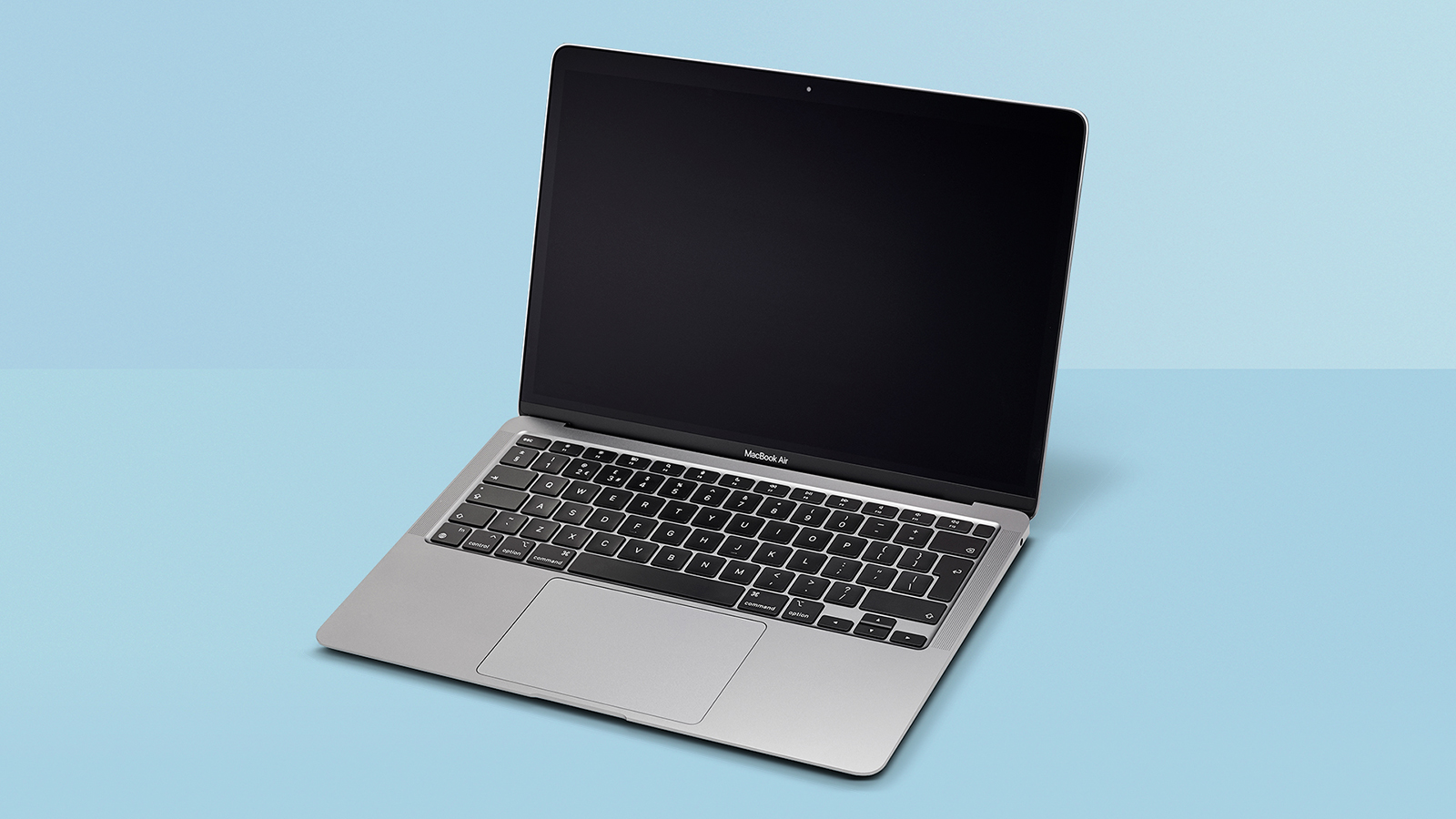
The 2020 Apple MacBook Air.
When it comes to the 2020 refresh of the MacBook Air, Apple's engineers didn't mess with the design at all – and why would they? It's a classic aesthetic that looks stylish and svelte, with carefully crafted aluminium curves and everything in its right place, as well as an impeccable build quality that you can rely on. All the changes this time around were internal, and that's fine with us.
The keyboard is a joy to type on and of course Apple is one of the best in the business when it comes to making trackpads. You don't get the rather superfluous Touch Bar that you do with the MacBook Pros, but for us that's a benefit. Gold, space grey and silver are your colour options, while you get a single 3.5 mm headphone jack and two USB-C ports that also function as Thunderbolt 4 ports and power ports.
As for the screen, the 16:10 aspect ratio, 13.3-inch LCD panel runs at a resolution of 2560 x 1600 pixels: it's super-sharp, nice and bright, and a treat for the eyes. It also makes for a more compact laptop overall, compared with the 15.6-inch screen on the Asus VivoBook S15 – the Apple model is more lightweight and more suitable for throwing in a bag, and it's completely silent and fanless too.
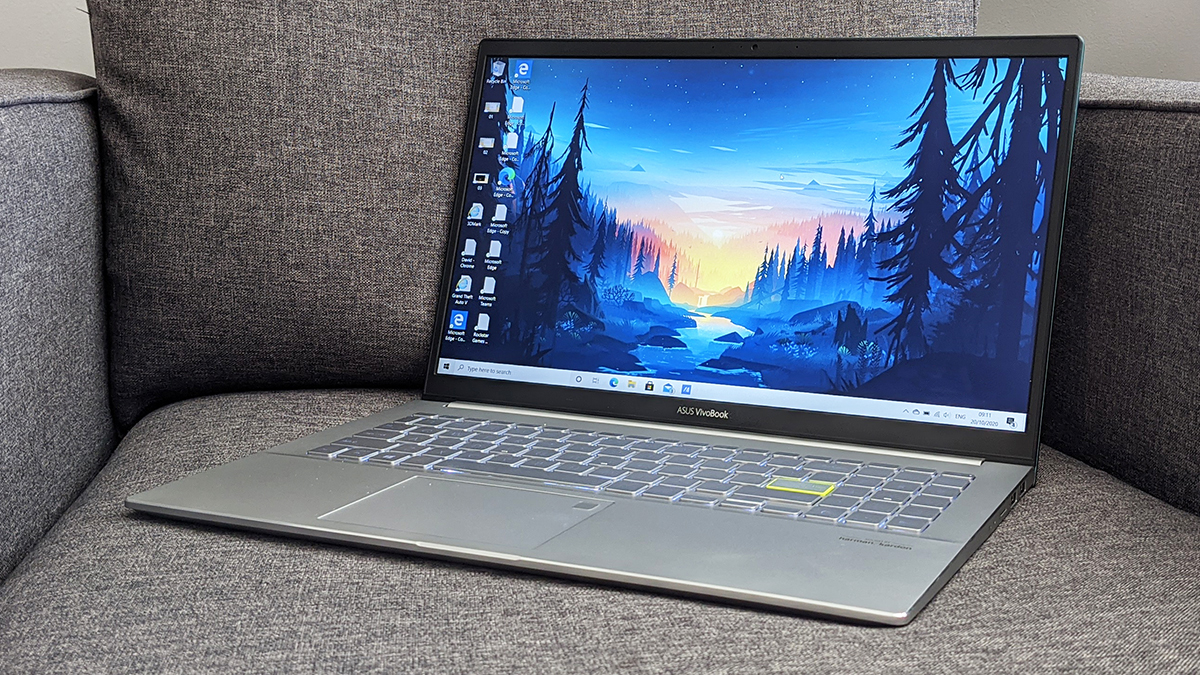
The Asus VivoBook S15.
Switching to the Asus VivoBook S15 (specifically the S533 model we reviewed), that 15.6-inch, 16:9 LCD screen runs at a resolution of 1920 x 1080 pixels. That means it has a bigger display than the MacBook Air, but one that's not as sharp – the resolution means you won't fit any more spreadsheet rows or website text on it, but the size means there's a larger canvas for your movies and other videos (the different aspect ratio makes it more suitable for entertainment too).
Sign up to the T3 newsletter for smarter living straight to your inbox
Get all the latest news, reviews, deals and buying guides on gorgeous tech, home and active products from the T3 experts
WIth a 15.6-inch display, the Asus VivoBook S15 is inevitably bigger and bulkier than the Apple MacBook Air – this is perhaps best suited to sitting on a desk for most of the time, though it's by no means too hefty to lug around in a bag. We like the design of the Asus laptop a lot too, with some nice backlighting on the keyboard (including a highlight around the Enter key), and enough room for a number pad.
You can pick up the Asus VivoBook S15 with a black, white, red or bluey-greeny lid – they all look pretty good – and in terms of ports you've got an HDMI port, a Thunderbolt 4 USB-C port, a USB 3.2 USB-A port, and two USB 2.0 USB-A ports, plus a 3.5 mm headphone jack and a microSD card reader. The Asus is perhaps the laptop for you if you've got a lot of stuff to connect up to it. We should also mention that both the Apple and Asus laptops feature a fingerprint sensor for fast and convenient access to the system.
M1 MacBook Air vs Asus VivoBook S15: specs and performance
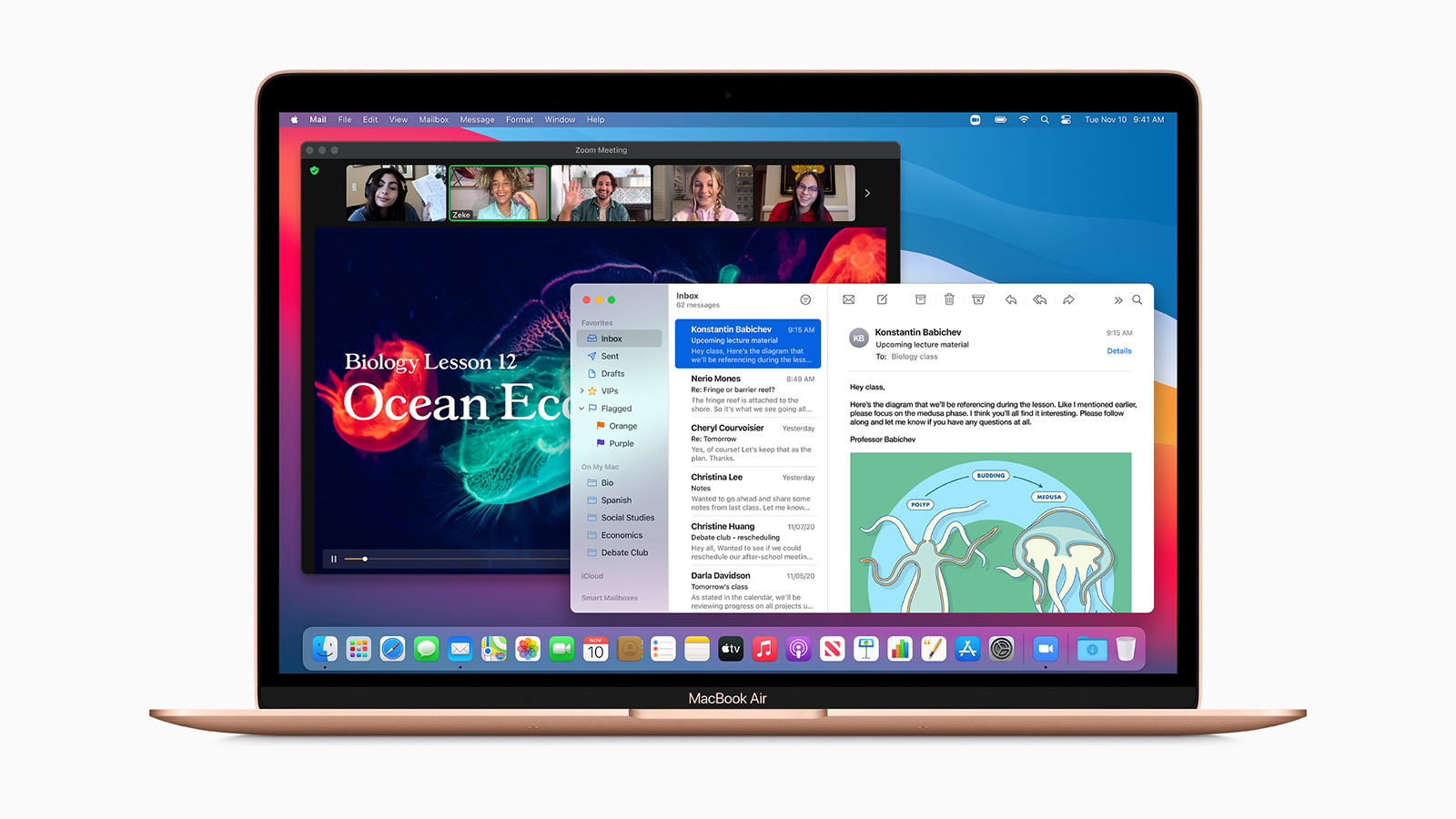
The 2020 Apple MacBook Air.
The 2020 MacBook Air was most notable for being the first Apple laptop to switch over to the company's own processor chips – the M1, in this case, which also includes its own 16-core neural engine and an integrated 7-core GPU. Besides that, the laptop comes with 8GB or 16GB of RAM, and 256GB, 512GB, 1TB or 2GB of internal storage – enough options to keep most users happy.
Based on testing so far, the M1 has been wowing just about everyone who has used it. It's a huge leap forward in performance terms, and whether you're encoding video or browsing the web you're unlikely to be disappointed with the speed of this laptop. You don't really have to wait for anything to happen, and some gaming is possible too (not that macOS is great in terms of gaming support).
As the M1 uses new architecture, older programs need to be emulated, and that may cause problems with some pro-level software – do check before you buy. However, most applications are fine and are super-smooth in operation. Battery life really impresses as well, and we were getting 14-15 hours between charges with normal use; even intensive gaming can only knock the battery level down about 25% per hour.
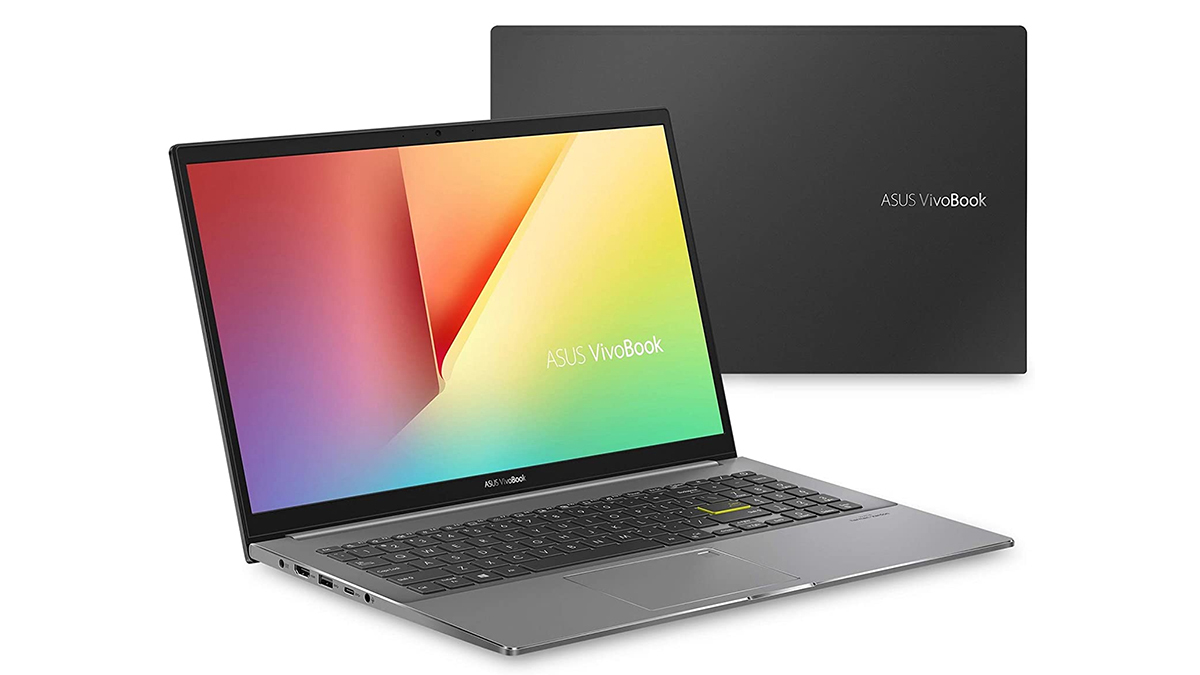
The Asus VivoBook S15.
When it comes to the Asus VivoBook S15, multiple configurations are available, and that's just for the S533 variant we reviewed (other variants are available). A choice of i5 and i7 chips is on offer, topping out with an 11th-gen i7-1165G7 processor with integrated Intel Iris Plus graphics. 8GB and 16GB are the RAM choices, with 256GB, 512GB, 512GB or 1TB of on-board storage available.
Graphics can be boosted to an Nvidia GeForce MX350 if needed, and coupled with the Windows software, that makes this a better gaming option than the MacBook Air – top titles won't run at the best settings, but they will run. Otherwise, even though the VivoBook S15 has a very good spec on its own, the M1 outruns it in terms of sheer processing power (even if not every application takes advantage of it right now).
Battery life on the Asus VivoBook S15 is 7-8 hours between charges, as the laptop lacks the hardware-software optimisation that Apple can maximise through controlling every part of the MacBook Air – from CPU to operating system. Still, that's more than enough time to work away from the office for a day, so you might find that it's enough for your needs.
Apple MacBook Air (M1) vs Asus VivoBook S15: price and verdict
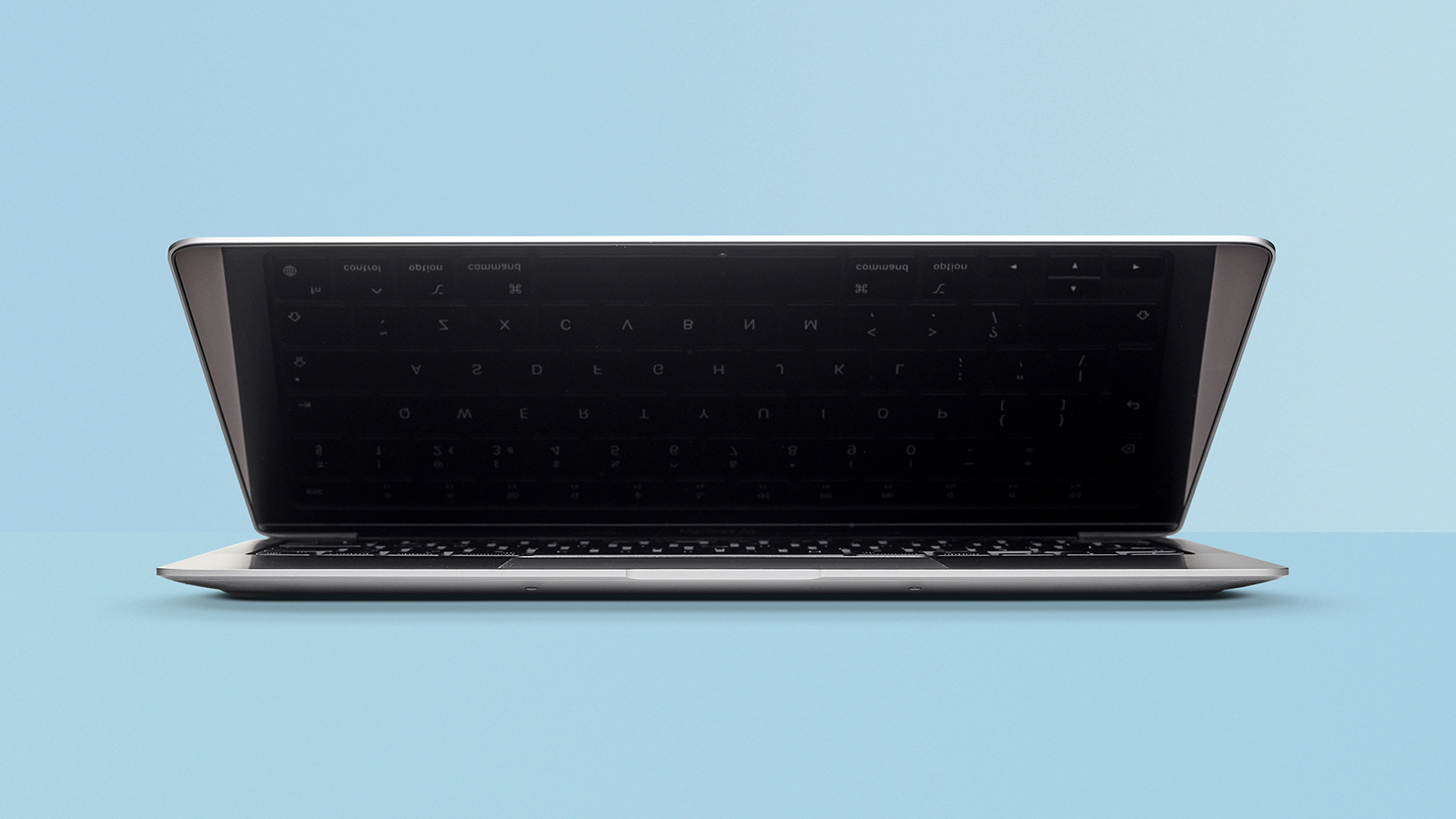
The 2020 Apple MacBook Air.
There's a lot to weigh up when it comes to comparing the M1 Apple MacBook Air for 2020 and the Asus VivoBook S15 – it's actually hard to say that one laptop is better than the other, because we all put different demands on our laptops, and we all have different tastes as far as hardware design and operating systems go.
It's hard to deny that the Apple M1 chip is a spectacular leap forward in terms of processing power and battery life, and Intel is going to have to work hard to catch up over the next few years. You're likely to get better performance from the MacBook Air, particularly on Apple's own apps – but then again a VivoBook S15 with an Nvidia GPU option is going to be better for your PC gaming.
We should also point out that the Asus VivoBook S15 can be had for a lower price than the Apple MacBook Air. Check the pricing widgets on this page for the latest online deals, but the MacBook Air officially starts at £999 and the VivoBook S15 can be had for a couple of hundred pounds less than that (depending on the configuration of course). That's something else to factor into your considerations.
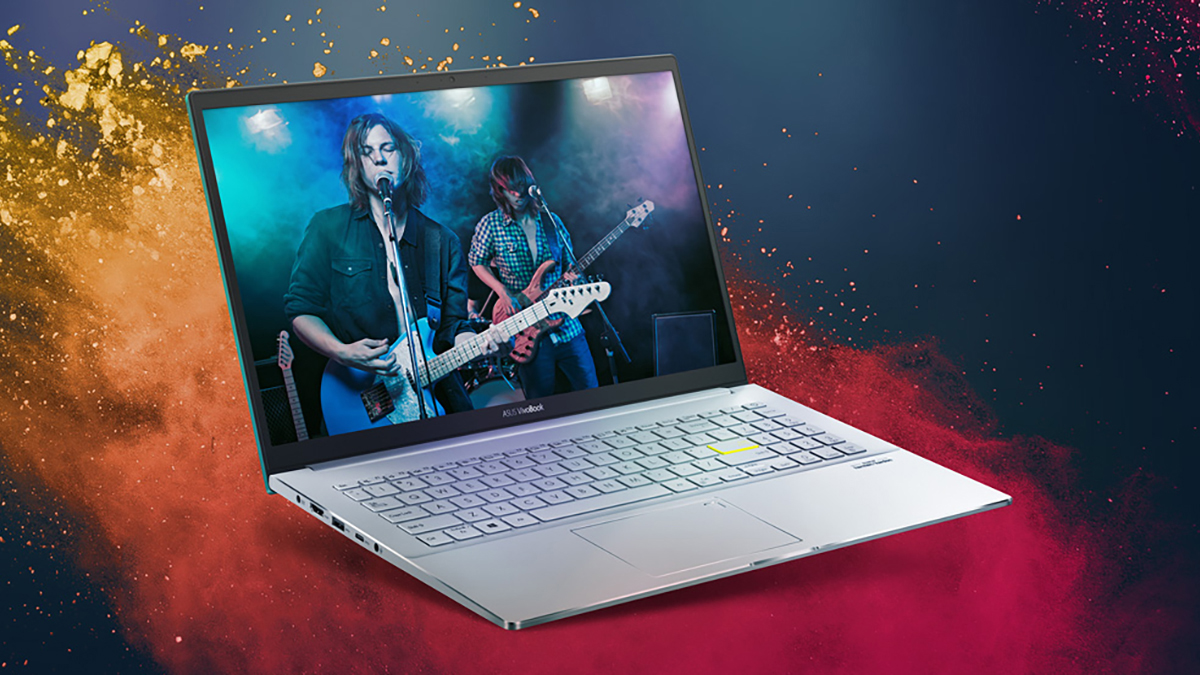
In terms of how lightweight these laptops are and how long they can last away from a power source, the MacBook Air is the obvious champion: it has twice the battery life of the Asus laptop, as well as a smaller screen that makes it easier to cram into a bag while you're on the go. Of course maybe you prefer a bigger display for Netflix watching and so on – this is where your own personal requirements come into play.
The Windows vs macOS debate continues to rumble on, but the truth is that we spend a lot of our computing time on the web now, and most desktop applications besides browsers are available on both platforms. Unless you need a specific Apple program (macOS) or PC games (Windows), it doesn't matter too much which one you choose – you've probably already developed a favourite over the years anyway.
These are two very impressive laptops and we're happy to recommend both of them – and they both come out on top in different categories. Which one is best for you is likely to depend on the laptop you're upgrading from, and whether you're most comfortable with Mac or Windows software, but there's plenty more to factor in as well.
Dave has over 20 years' experience in the tech journalism industry, covering hardware and software across mobile, computing, smart home, home entertainment, wearables, gaming and the web – you can find his writing online, in print, and even in the occasional scientific paper, across major tech titles like T3, TechRadar, Gizmodo and Wired. Outside of work, he enjoys long walks in the countryside, skiing down mountains, watching football matches (as long as his team is winning) and keeping up with the latest movies.
-
 3 overrated shoulder exercises, according to a fitness expert (and what to do instead)
3 overrated shoulder exercises, according to a fitness expert (and what to do instead)Sculpt 3D shoulders whilst minimising injury with these three alternative exercises
By Bryony Firth-Bernard Published
-
 Polar’s new subscription feature lands in the shadow of Garmin’s Connect+ rollout
Polar’s new subscription feature lands in the shadow of Garmin’s Connect+ rolloutPR genius or timing disaster? Polar’s new Fitness Programme adds adaptive training to its ecosystem
By Matt Kollat Published
-
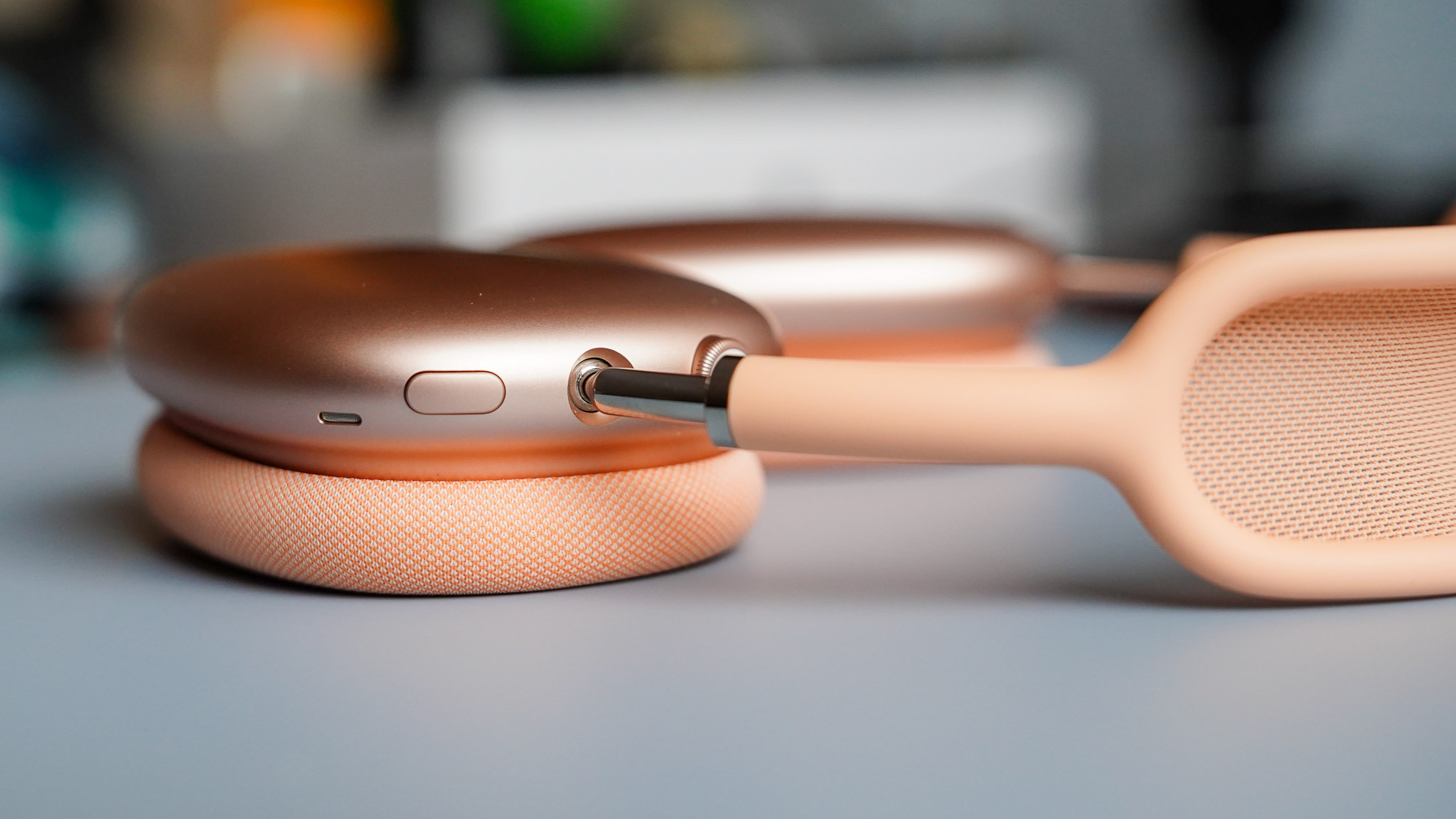 AirPods Max finally get the great free upgrade Apple promised
AirPods Max finally get the great free upgrade Apple promisedHere's how to make sure your headphones are running the right firmware
By Britta O'Boyle Published
-
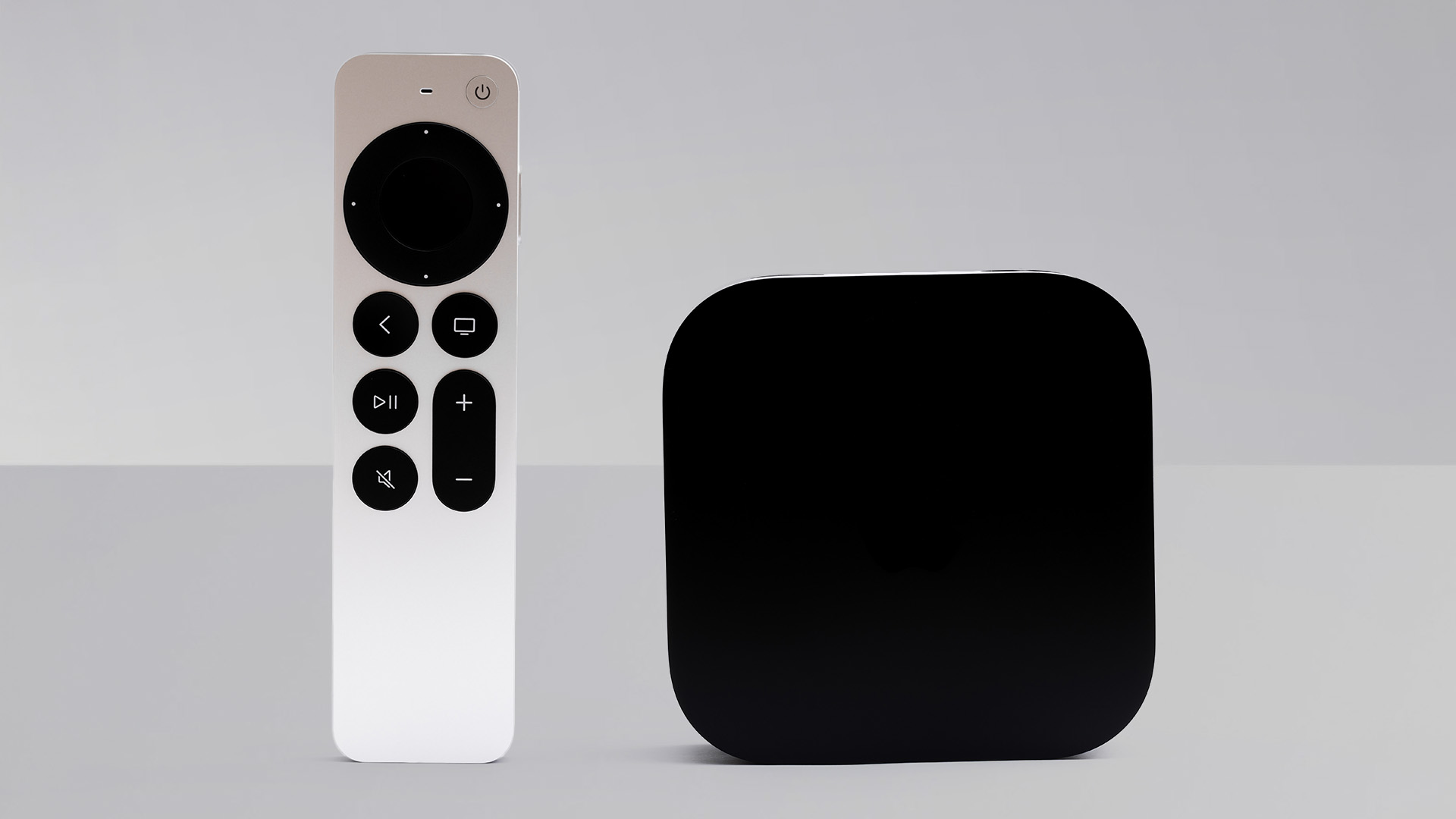 Apple TV gets a free update that makes it more simple to use
Apple TV gets a free update that makes it more simple to useApple has released tvOS 18.4 with a few design tweaks for its TV boxes
By Rik Henderson Published
-
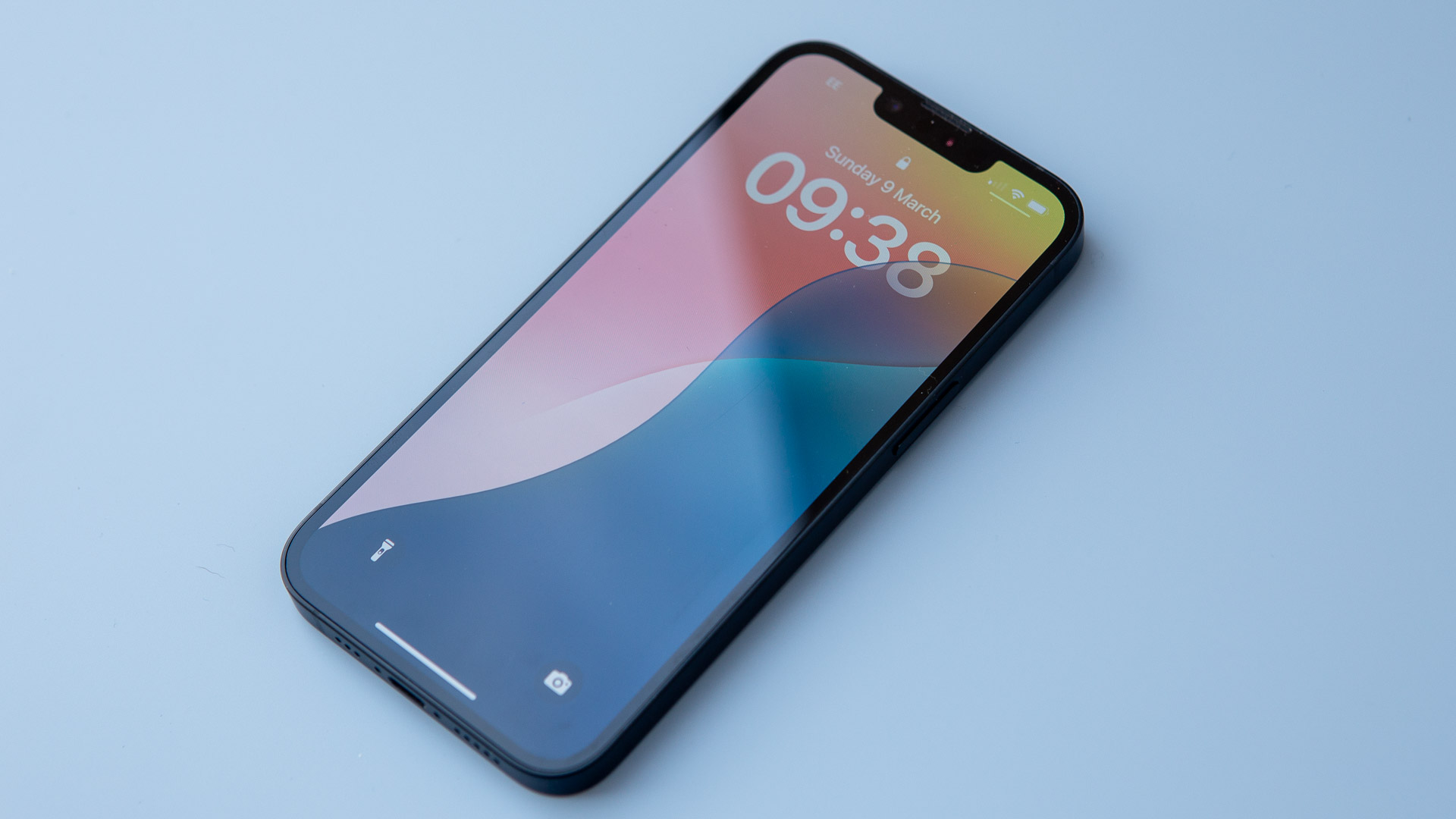 Your iPhone gets some new tricks - here’s what it can do now
Your iPhone gets some new tricks - here’s what it can do nowThe new emojis and priority notifications are probably our favourite
By Britta O'Boyle Published
-
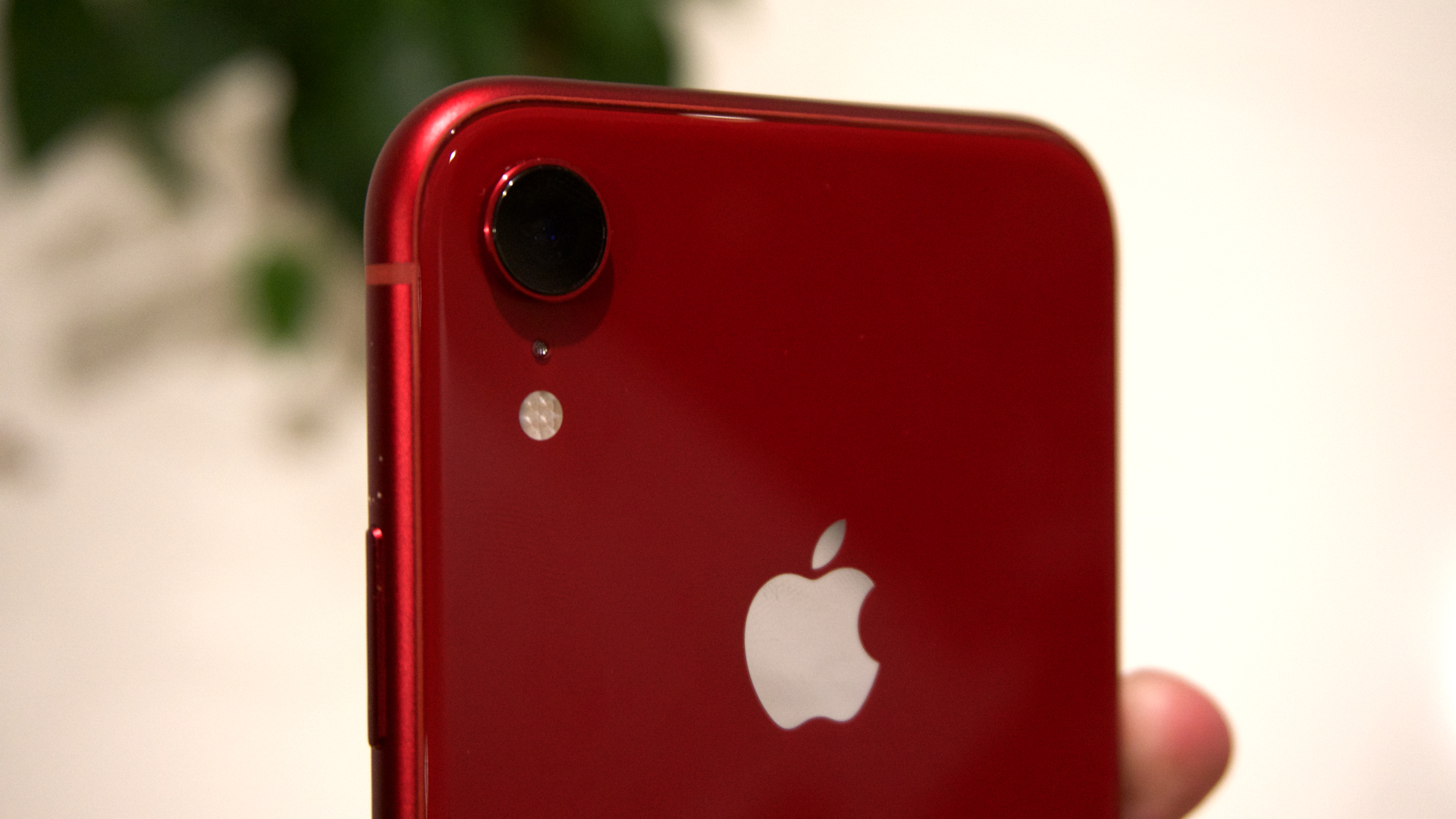 Older iPhones at risk of being left behind when iOS 19 arrives – is your device one of them?
Older iPhones at risk of being left behind when iOS 19 arrives – is your device one of them?Apple will reportedly drop three iPhone models when it comes to the iOS 19 update
By Carrie Marshall Published
-
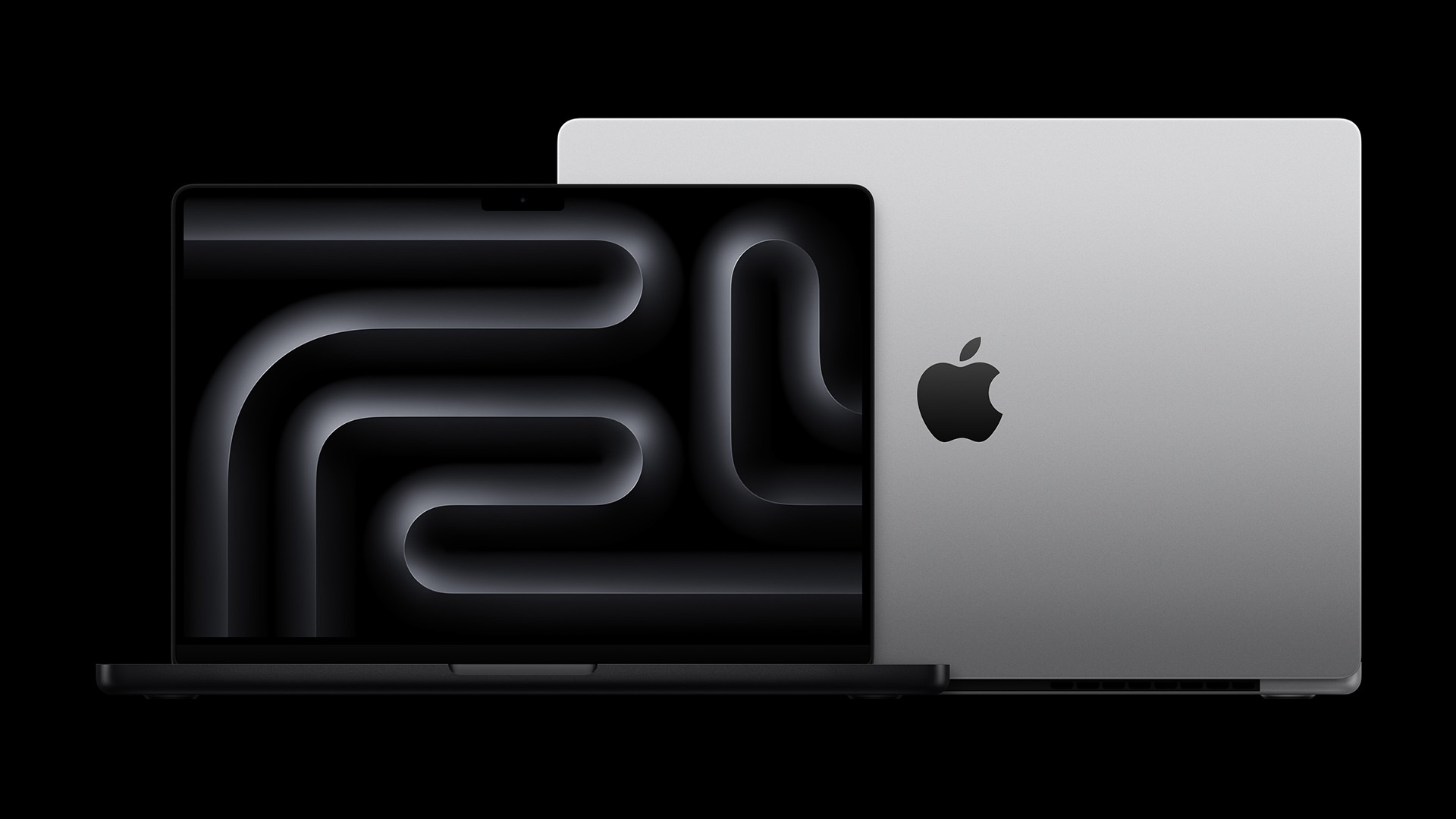 Your next MacBook Pro could be a game-changer for three good reasons
Your next MacBook Pro could be a game-changer for three good reasonsApple will reportedly upgrade next year's MacBook Pro in three major ways
By Rik Henderson Published
-
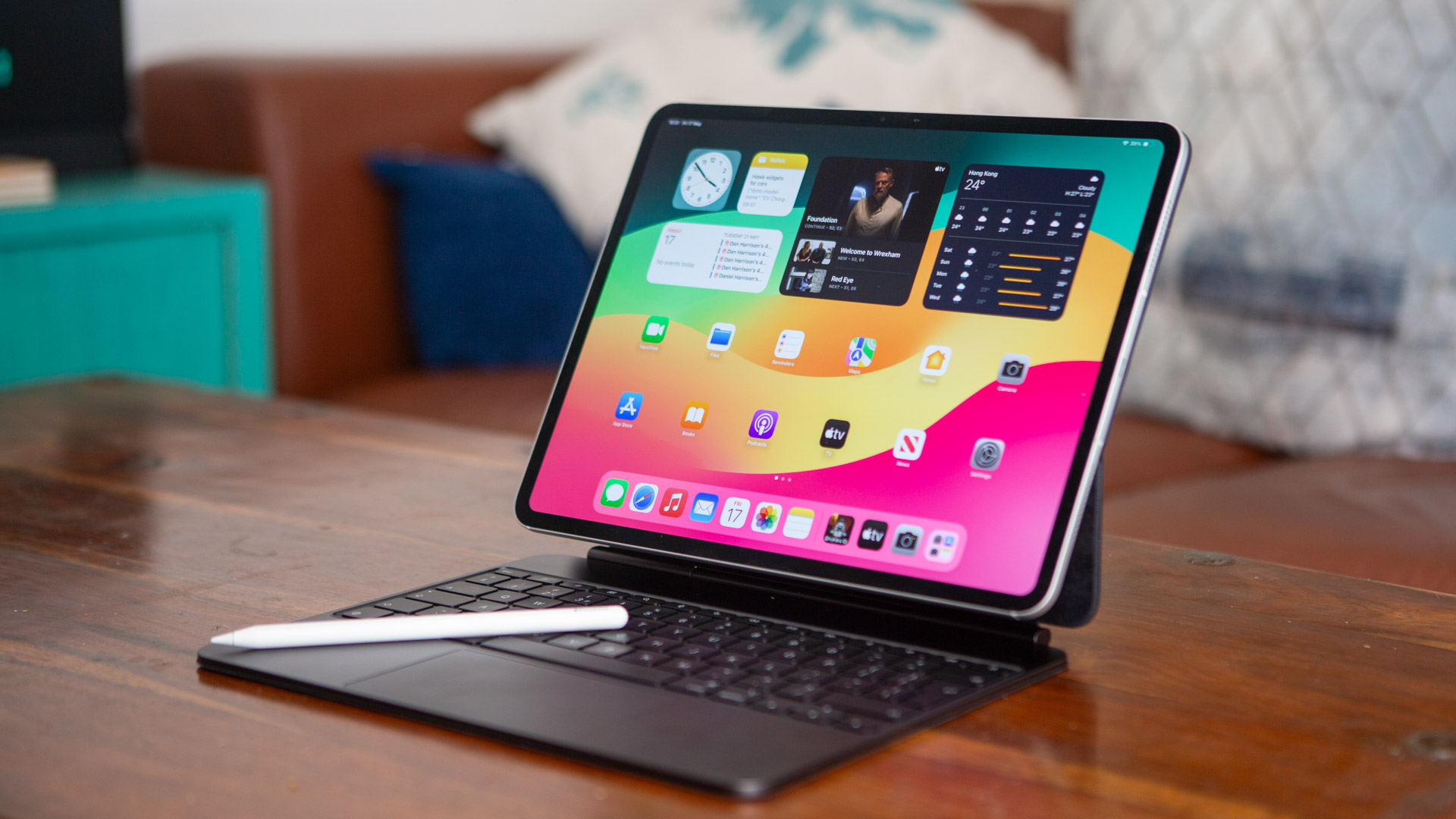 M5 iPad Pro on schedule for release this year, claims expert
M5 iPad Pro on schedule for release this year, claims expertApple's best tablet is reportedly getting even more power in late 2025
By Carrie Marshall Published
-
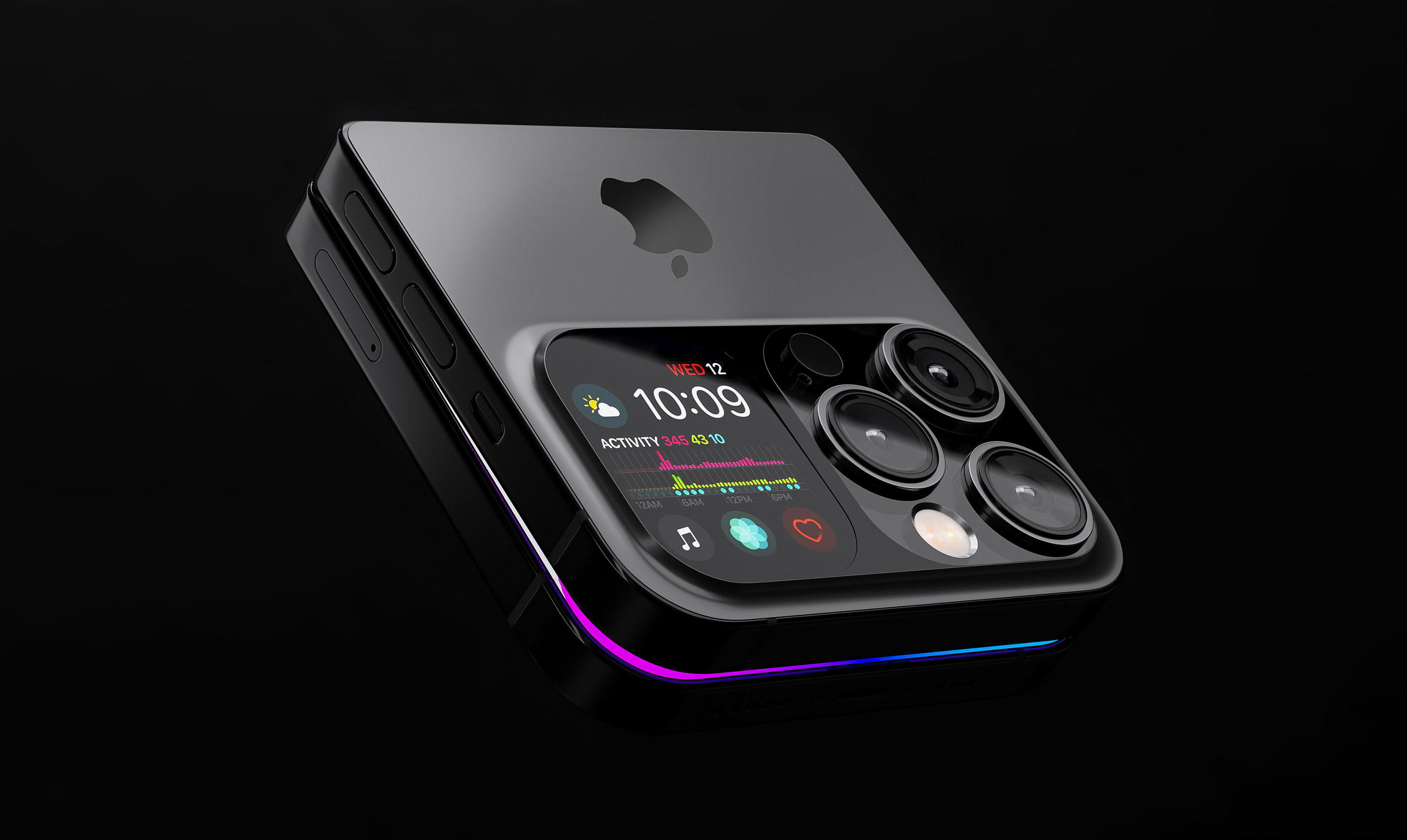 New evidence suggests Apple's taking its foldable iPhone seriously
New evidence suggests Apple's taking its foldable iPhone seriouslyAnd it might bring something different to the party too
By Britta O'Boyle Published
-
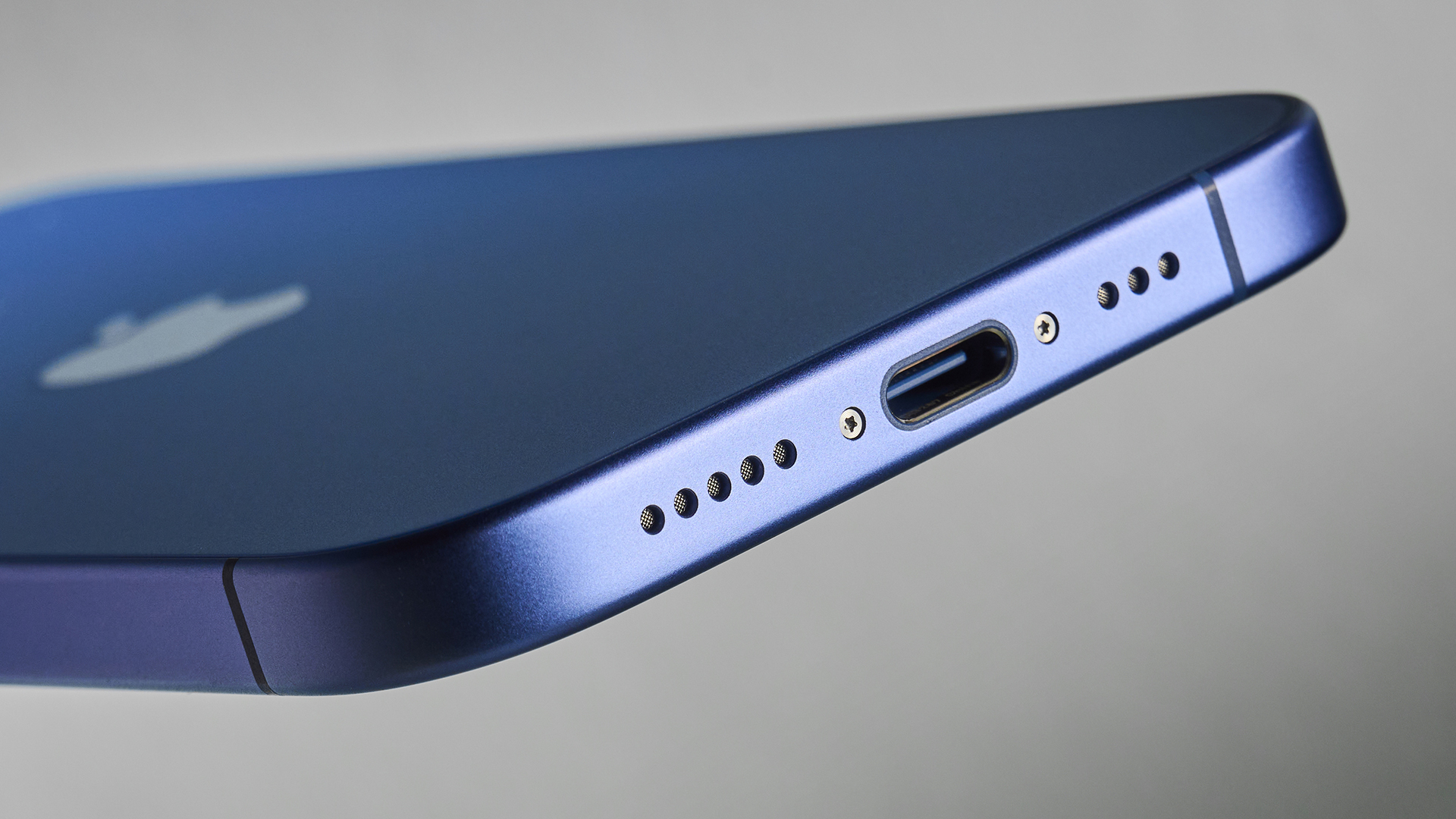 EU paves the way for iPhones and Android devices to ditch USB-C entirely
EU paves the way for iPhones and Android devices to ditch USB-C entirelyClarification enables Apple, Samsung and others to switch to wireless charging only
By Rik Henderson Published